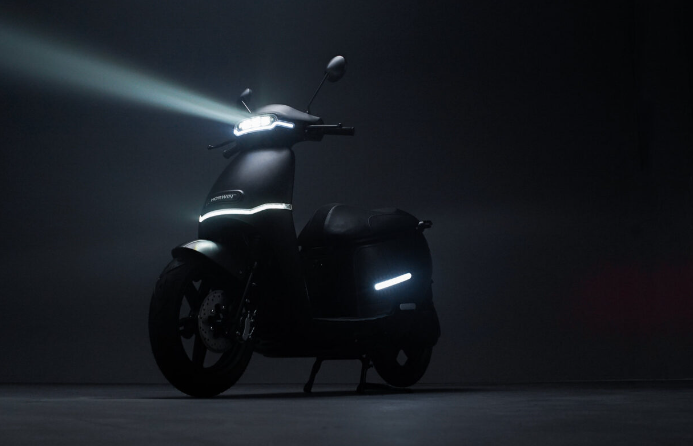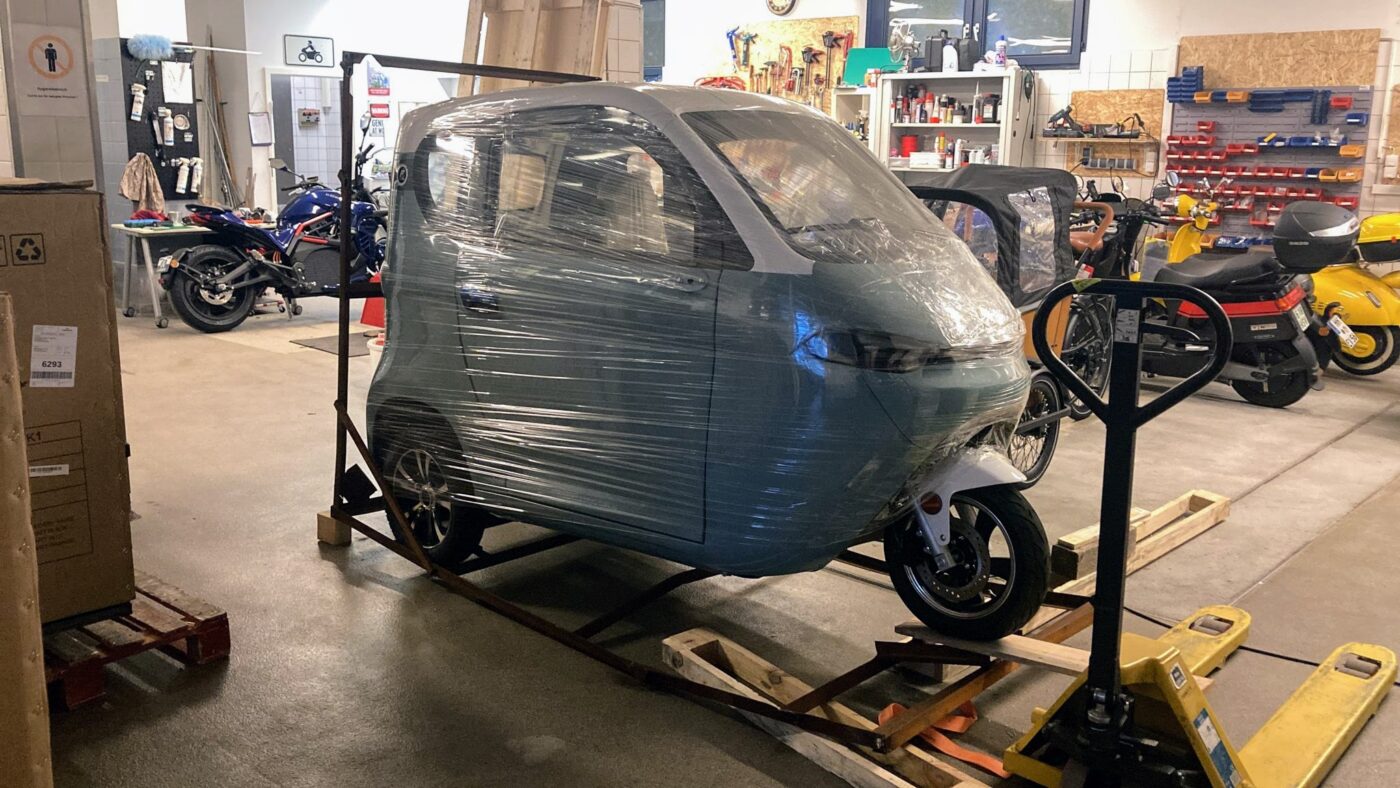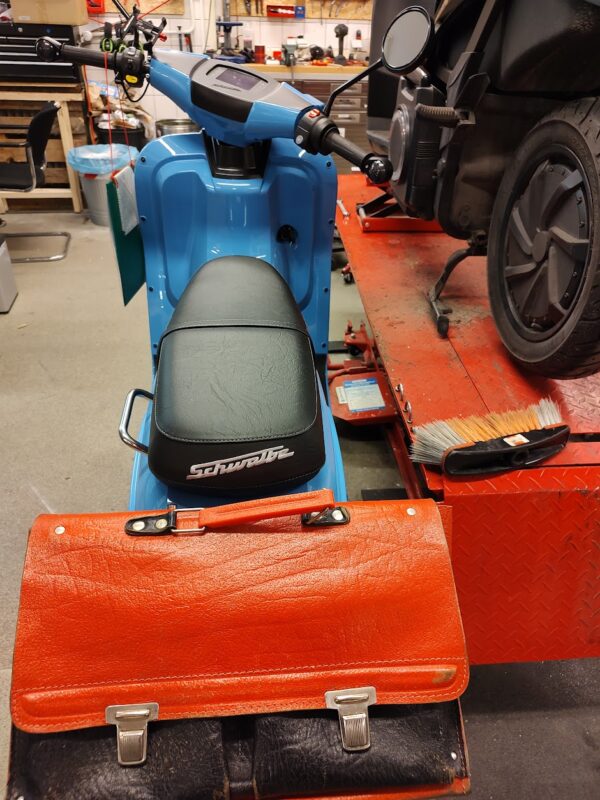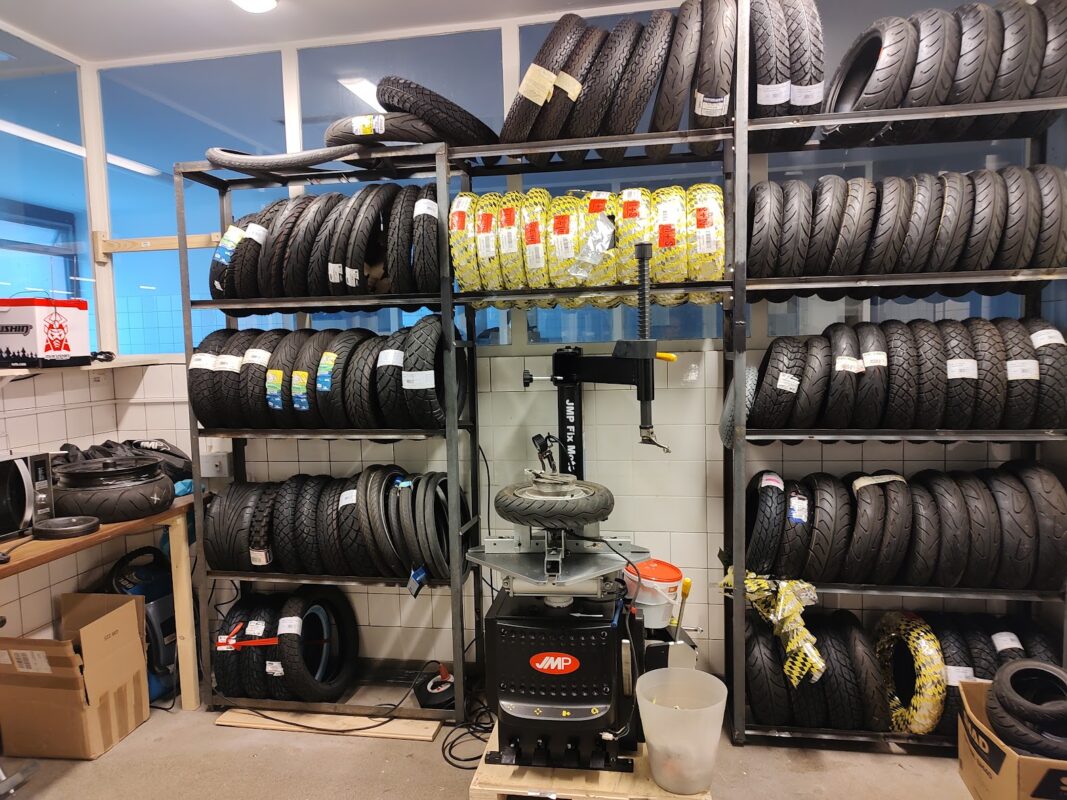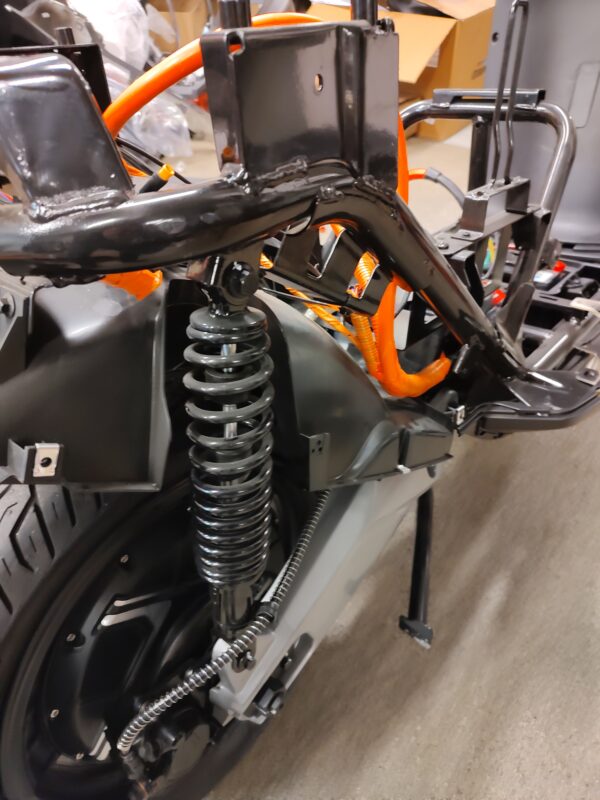Infopost
Electric vehicle life cycle analysis and raw material availability
Belgische Forscher haben herausgefunden, dass Fahrzeuge mit Elektroantrieb über ihren gesamten Lebenszyklus hinweg deutlich weniger Treibhausgase ausstoßen als Autos mit Dieselmotor. An Metallen für Batterien gebe es keinen Mangel.
Studie (httpss://www.transportenvironment.org)
Summary
As the automotive industry is on the brink of a major electric transition, environmental performance of EVs has become a highly debated topic. This briefing addresses two critical aspects of this debate, namely the climate impact of EVs and the use of critical metals, including rare earth minerals.
The lifecycle analysis of EVs shows that even when powered by the most carbon intensive electricity in Europe, they emit less GHG than a conventional diesel vehicle. As more renewable electricity enters the European grid, the climate impact of EV will further diminish. Likewise, technological improvement of battery chemistry, the reuse of battery for storage purposes, and the development of a recycling industry for EV batteries will lead to improvements in their sustainability.
Critical metals and rare earth minerals will not be constrained in the coming decades and won’t stop the EV transition, as some have argued. Supply of these materials will have to be closely monitored and diversified to avoid being overly dependent on imports, as is the case with oil today. To this extent, innovation will in the long term contribute to reduce the quantity of critical metals used in EVs.
Draft:
TRANKVILE_electric_vehicles_Studie_TE_-_draft_report_v04
Studie:
TRANKVILE_electric_vehicles_2017_10_EV_LCA_briefing_final


